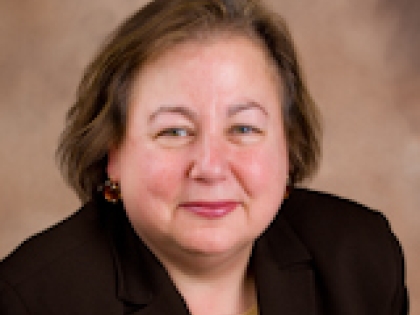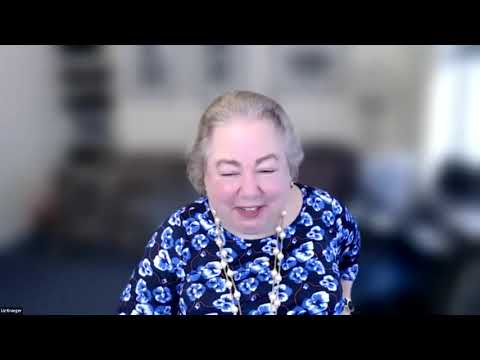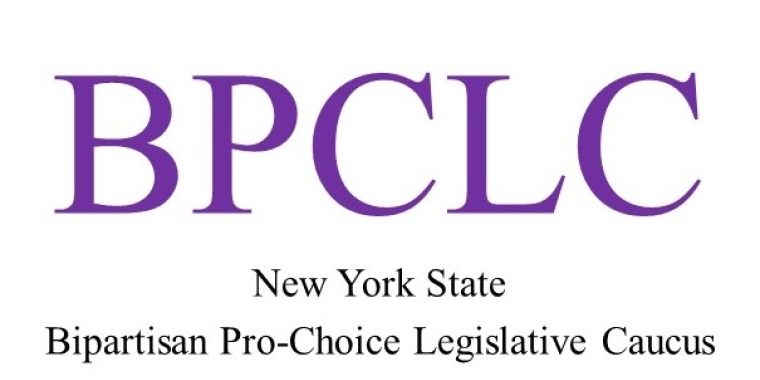
Staff Report to the New York State Senate Select Committee on Budget and Tax Reform on Exploring Progressive Changes to New York State’s Personal Income Tax System
Liz Krueger
The State Senate Select Committee on Budget and Tax Reform has received a staff report detailing the key findings and conclusions from its first public hearing on March 12.
As New York State faced a record-high budget deficit, the Select Committee gathered a panel of experts to collect information on proposals to establish a more progressive personal income tax system. The experts, including Frank Mauro of the Fiscal Policy Institute and E.J. McMahon of the Empire Center for New York Sate Policy, weighed the fairness of New York's personal income taxes. They also gauged how a increase to the state's top personal income tax rate would impact budget cycles.
Highlights from the report include:
• To guard against any volatility to which a PIT adjustment could expose New York’s budget, lawmakers could build large reserves or “rainy day” funds with excess revenues.
• New revenues from a PIT adjustment could also go toward a new middle-income property tax circuit breaker program, which could replace the Middle Class STAR Rebate Check Program.
• At little cost, owing to current deflationary pressures, New York could index its tax brackets to inflation, much like the federal income tax system.
• A PIT adjustment finds its greatest support when it is limited to addressing the sudden loss of revenue from a cyclical economic downturn, much like the 2003-05 PIT surcharges.
• S.2021 would place the share of income taxes paid by the top 1 percent above 40 percent or 45 percent, potentially further exposing New York’s budget to the volatility of the financial services sector and financial markets. But volatility is less of a short-term concern because the income of the top 1 percent has already fallen from its unsustainable levels reached during the economy’s boom years.
• The new tax brackets proposed in S.2021 and S.2654 would put New York’s top rate in league with California’s new top rate of 10.55 percent. Although opponents of both bills warned the legislation would scare away businesses and result in the flight of wealthy residents, research done on similar PIT adjustments in California and New Jersey suggests otherwise.



